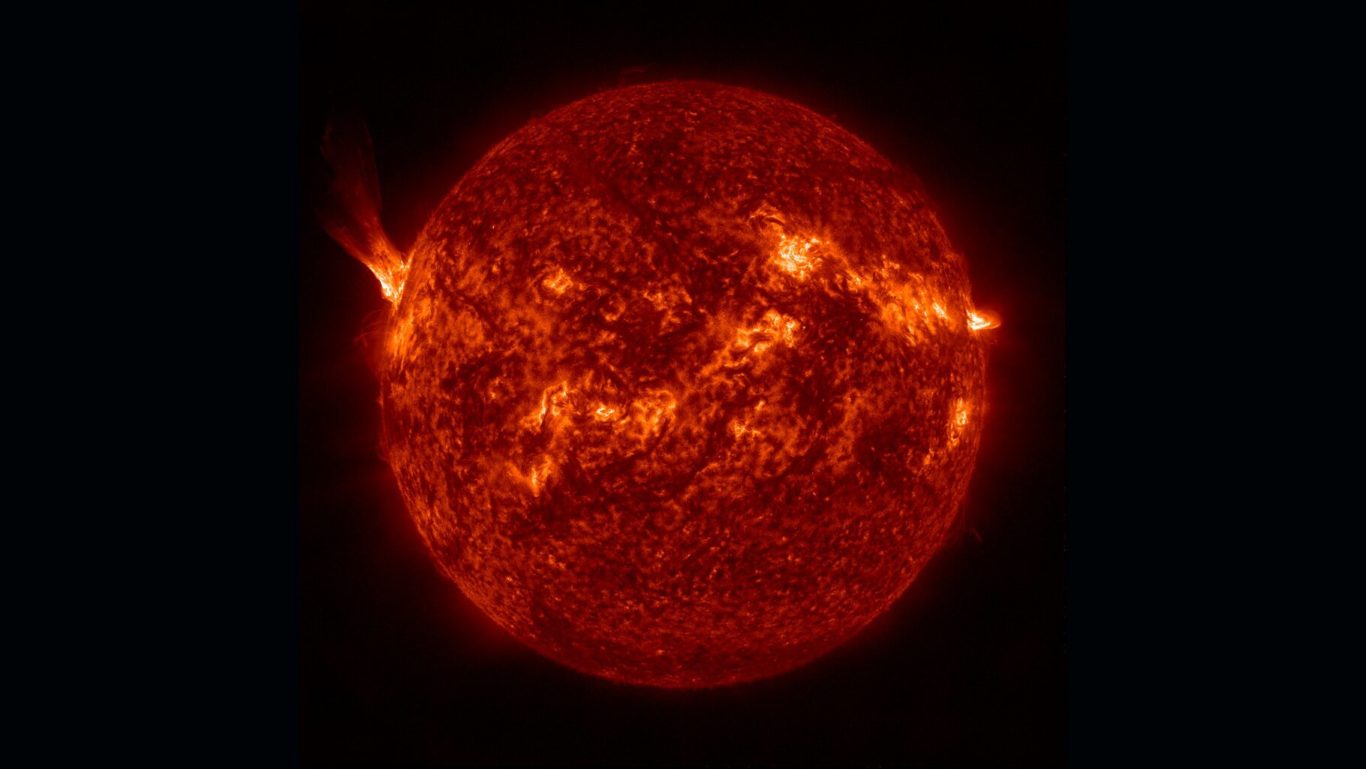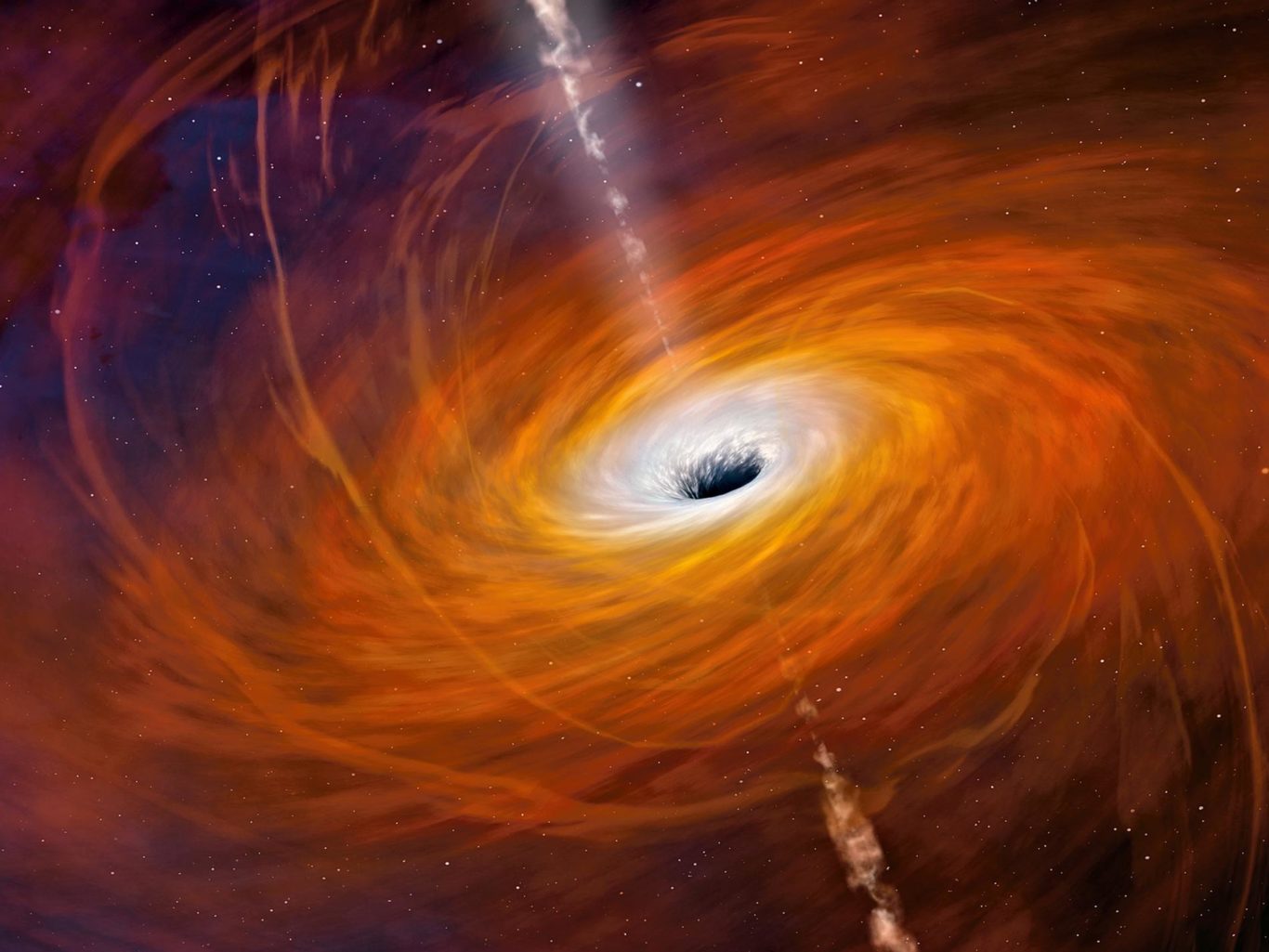An unstable massive star has suddenly vanished from view. And astronomers aren’t sure if it collapsed into a black hole or is playing peek-a-boo behind galactic dust. The star was too far away to spot on its own. But it showed up in the spectrum, or light signature, of the Kinman Dwarf galaxy, which is some 75 million light-years away from Earth. The spectrum showed that the distant galaxy contained a late-stage blue variable star that is 2.5 million times brighter than the sun. Stars of this type known to be temperamental. With dramatic shifts in their spectra and luminosity.

The blue variable star’s signature appeared in observations gathered between 2001 and 2011. The European Southern Observatory’s Very Large Telescope. Yet couldn’t find the star during two separate observing sessions in 2019. With different spectrograph devices. Those instruments included the Echelle Spectrograph for Rocky Exoplanet. And Stable Spectroscopic Observations and the X-shooter.
Research
The researchers from Trinity College Dublin said further studies needed to understand. What happened to the star but they may have to wait. Until the European Southern Observatory, Extremely Large Telescope comes online in 2025. They said that if the star collapsed into a black hole without producing a supernova explosion. It would be a rare event as our current understanding of how massive stars die points to most of them ending their lives in a supernova. Between 2001 and 2011, various teams of astronomers studied the mysterious massive star. And their observations indicated it was in a late stage of its evolution.

Allan and his collaborators in Ireland, Chile, and the US wanted to find out more about it. How very massive stars end their lives, and the object in the Kinman Dwarf seemed like the perfect target as it expected to go supernova soon.
Located some 75 million light-years away in the constellation of Aquarius. The Kinman Dwarf galaxy is too far away for astronomers to see its individual stars, but they can detect the signatures of some of them. Stars of this type are unstable, showing occasional dramatic shifts in their spectra and brightness. The research team explained.
Even with those shifts, luminous blue variables leave specific traces scientists can identify. But they were absent from the data the team collected in 2019, leaving them to wonder what had happened to the star.